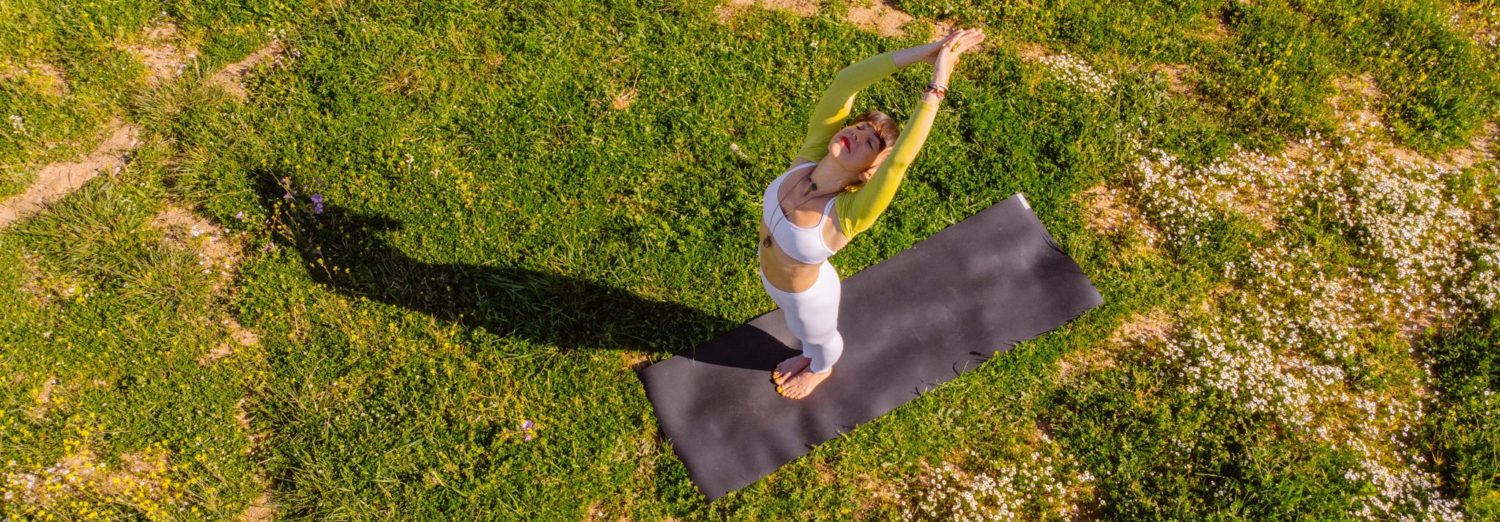
Many people know chakras to be these colorful little circles that line up from the root of the spine to the top of the head on an image of a silhouette with a slight transparency effect on it. You know what I mean? But really, what are they?
What are Chakras? A General Explanation
Let’s start at the beginning. When the universe was created… just kidding. CHAKRA is a Sanskrit word that means wheel or disc. Chakras are spinning energy centers, like little nerve bundles that gather at specific points along the spine, through the throat, and the crown of the head. Much like a computer connects to energy, our spiritual and energetic bodies also do. When the spinning energy is too high (overheating) or too low (rather sluggish), there are symptoms that show us. When chakras are balanced, the energy allows us to operate at our highest level and from a place of security, creativity, power, love, expression, intuition, and true knowledge.
Chakras Explained: The Evolution of Chakras
There is a complexity of texts about chakras that offer contrasting and conflicting information since the knowledge has been westernized. In 1577, Swami Purnananda, translated 10th-century texts about the chakras and their use during meditation. In 1918, John Woodroffe wrote a rather flawed (so they say) version of Swami Purnananda’s translation. As it kept evolving, even Carl Jung added the psychological states to the descriptions of the chakras. Then in the 70s, limbs, organs, and stones that were thought to have a correlation to each chakra were added. The chakras have very much evolved over time and it’s difficult to find accurate translations (or translations at all) of the inception of the chakras or chakra systems. They are interpreted differently from person to person and from lineage to lineage.
The reality of the energy body, like many non-physical ideas, is very fluid. So it’s difficult for many minds to analytically understand. In fact, in the 19th century, chakras were confused with neural ganglia. Many of these energy clusters are found in areas where humans have emotional energy (sexual organs or lower belly, heart, crown of the head). There are different traditions and lineages that teach 5 chakra systems, 6,7,9,10,12, 21, and more! In the West, we practice mainly the 7 chakra system. The chakras are referred to in Hinduism, Buddhism, and Jainism. They are different (but can be a little relatable) to the Chinese system of meridians in Acupuncture. The chakras have nadis and TCM has meridians. It’s all energy.
A FEW TRUTHS
What we really know to be true about the chakras are 3 facts:
- There are specific amounts of lotus petals attached to each chakra.
- Each chakra is associated with an Element (Earth, Water, Fire, Wind, or Space).
- Each chakra is related to a Hindu deity or deities.
There is a seed mantra (or bija mantra) that is thought to be associated with each chakra, BUT ACTUALLY, the seed mantra is related to the ELEMENT, not the actual chakra. (check out the chart below)

The modern-day chakras now have many associations such as colors, essential oils, foods, spices, stones, musical notes, affirmations, and yoga poses that can be invoked when doing chakra work or healing. In my opinion, those associations are still a positive addition and if they work for you and help you get deeper into your healing journey then go for it!
The Chakra System, for me, is a system to access consciousness. It’s a map on a somatic level, an interpersonal level, and an abstract realm of transpersonal consciousness. We live in a very fragmented world and we sometimes NEED systems to direct us.
More to come on the individual chakras and how they are used in today’s world!

